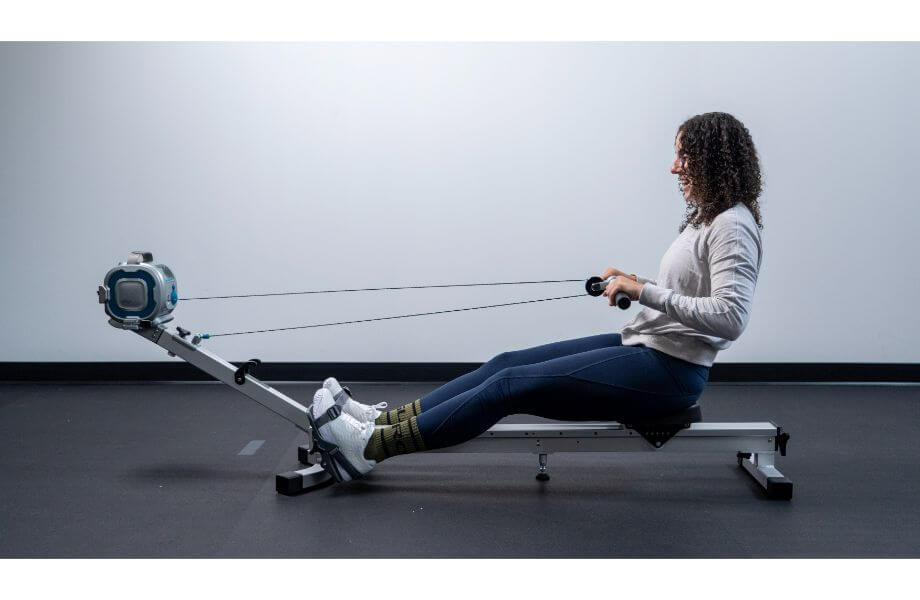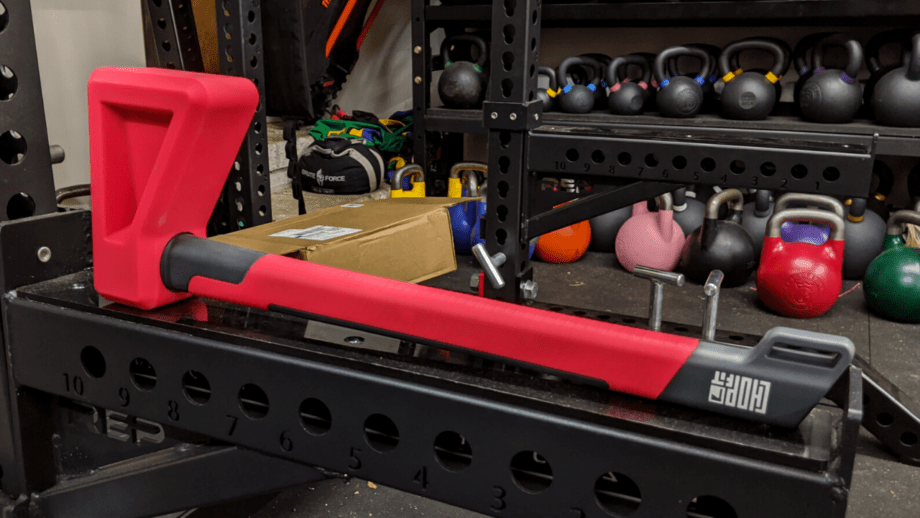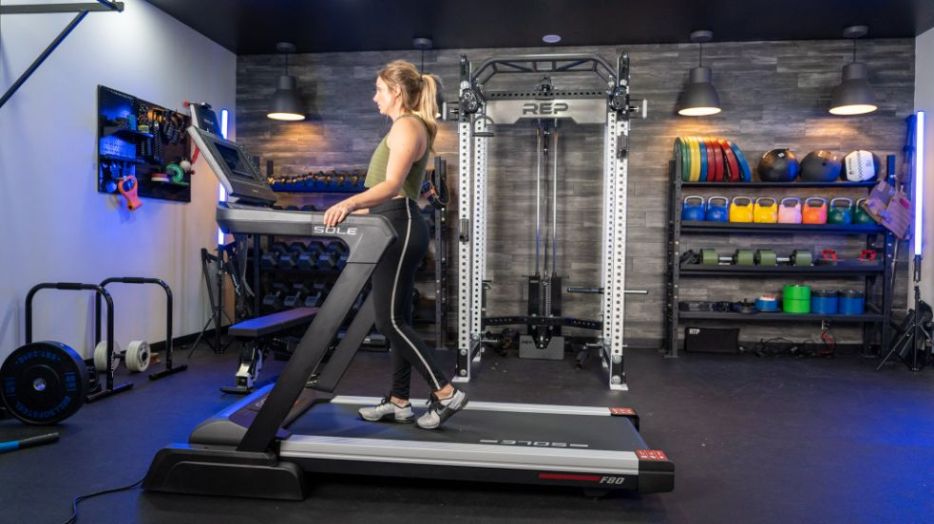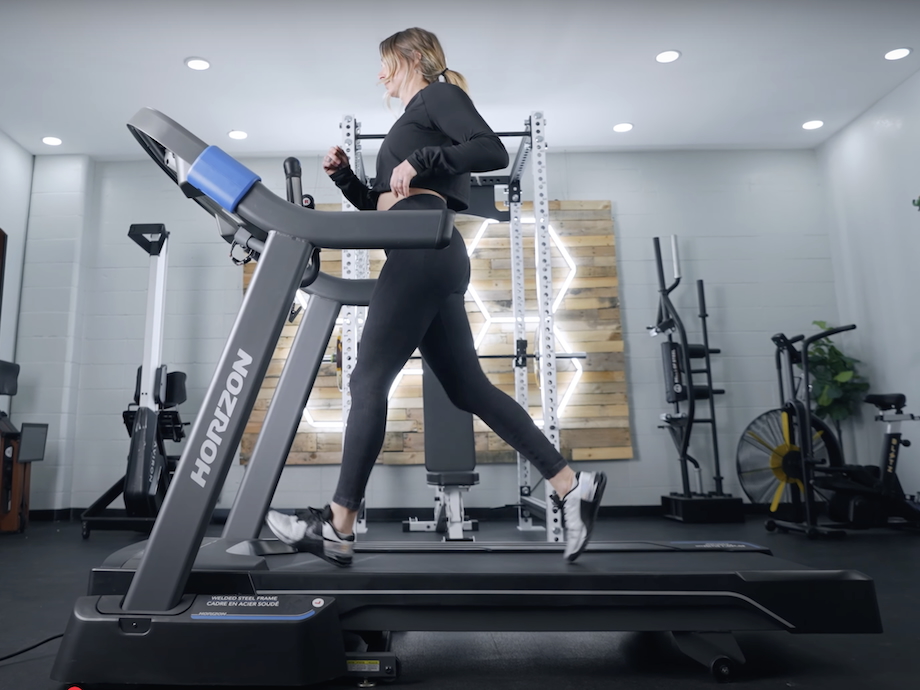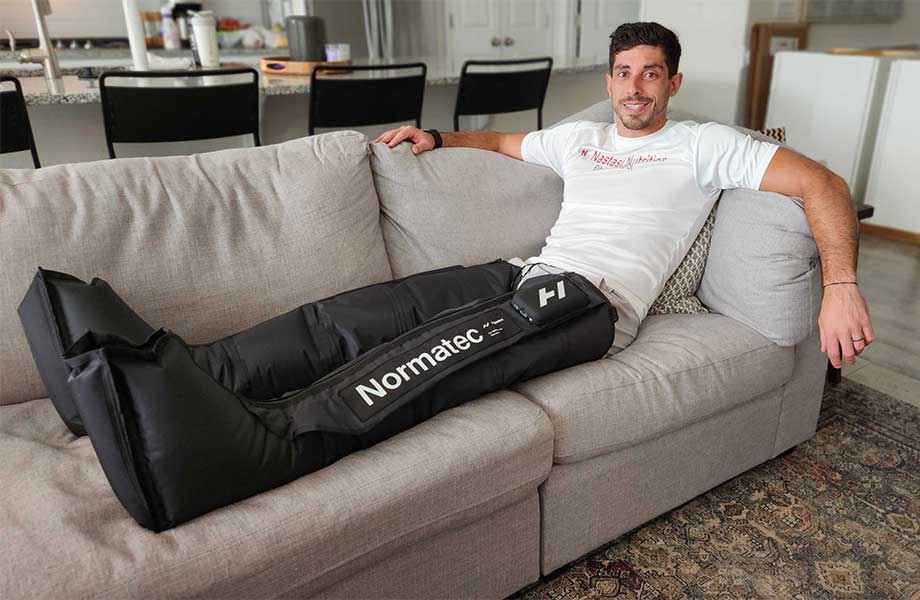Row, Row, Row Your Way to Improved Fitness
Rowing workouts often takes a backseat to running or cycling, likely due to the fact that it’s not as familiar for many exercisers, especially beginners. Most of us have been running or riding our bikes since we were little, but have spent less time in the water paddling. As such, getting on the rowing machine can feel a little more intimidating than other exercise machines, at least until you get proper rowing technique down.
If you’re looking for some ideas to get you started, we’ve got you covered. From rowing machine workouts for beginners to more advanced Tabata-style rows, we’ve developed the best rowing machine workouts for all fitness levels. We are aware that rowers aren’t the most intuitive piece of cardio equipment, which may make using it scary. So we’d also like to spend some time here working on your form and technique.
Medical disclaimer: This article is intended for educational and informational purposes only. It is not a substitute for health or medical advice. For medical advice, contact an appropriate healthcare provider.
What Is a Rowing Machine?
A rowing machine—also referred to as an ergometer (erg)—is a cardio machine that mimics the experience of rowing on water. It’s a low-impact, full-body burner popularized in CrossFit boxes for its ability to provide cardio and strength training in one workout without heavy joint strain.
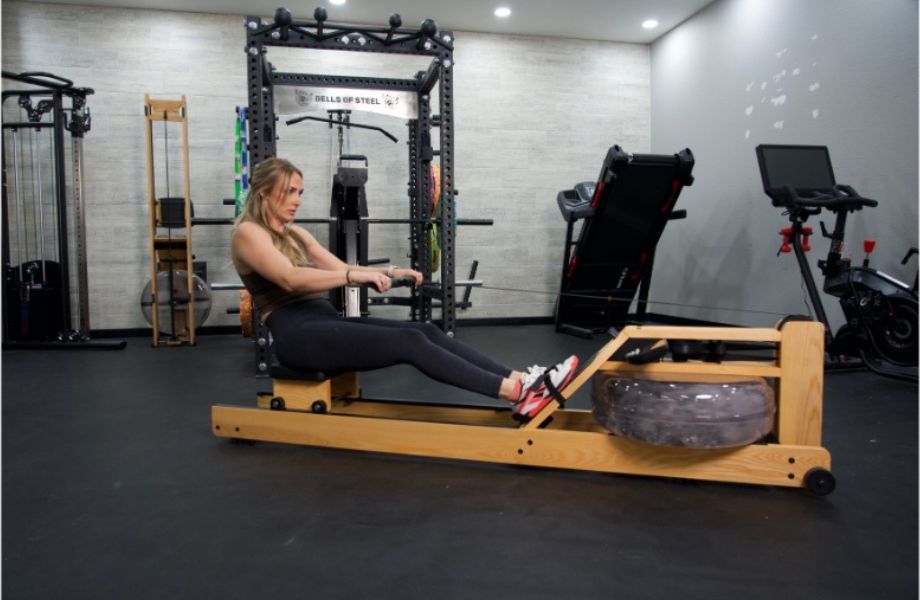
There are four types of rowing machines (five if you include hybrid models):
- Air: Resistance is powered by air blowing through a flywheel.
- Magnetic: Magnets in the flywheel that move closer together to create more resistance as you generate more power.
- Water: This type of rower is similar to an air model, however, resistance comes from a water tank and is closer to what you might experience rowing on water,
- Hydraulic: A hydraulic rower employs pistons that use air or water to generate resistance.
For more information, check out our guide to the best rowing machines.
Best Rowing Machine Overall
Concept2 RowErg
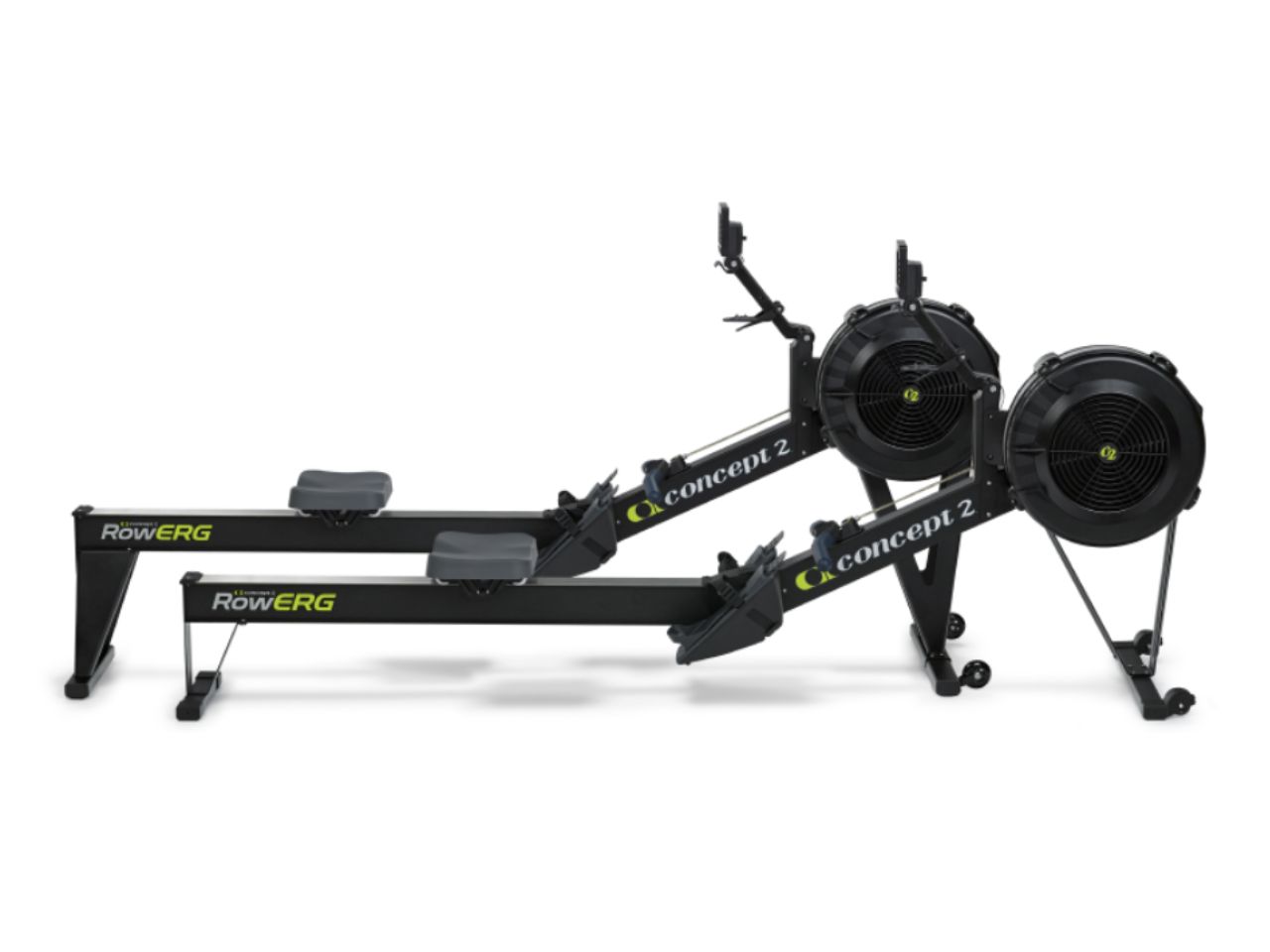
Product Highlights
- Priced around $1,000
- Uses air resistance generated by the fanned flywheel
- Advanced PM5 Performance Monitor
- Low impact full-body workout fitness machine
- Lightweight and easily portable
- Can be broken down into two pieces for storage
- Can also be hung for storage
Pros & Cons
Pros
- Best-selling rowing machine in the world
- Easy assembly
- Accommodates users up to 6.6 feet tall and 500-pound weight
- Ergonomic seat and handlebar
- Seat is 14”
- 10-degree angle on handle for natural grip
- Air-resistance
- Adjustable airflow
- Performance Monitor 5 (PM5) monitor
- Nickel-plated steel chain
- Adjustable footrests
- Easy to store
- Limited 5-year warranty
Cons
- Priced around $1,000
- Few built-in workouts
Bottom Line
The Concept2 RowErg is the best rowing machine we’ve tested and reviewed, including those that are much more expensive like the WaterRower. There’s a reason you can find Concept 2 products in nearly every gym in the world, including CrossFit Boxes, and home gyms. After having the Model D for over two years, we are still as satisfied with it as we were on day one.
Rowing Machine Technique
Getting a good rowing machine workout is all about your form. It’s not as easy as hopping in the seat and grabbing the pulley. But to get started, you’ll want to keep four steps in mind: Catch, drive, finish, recover.
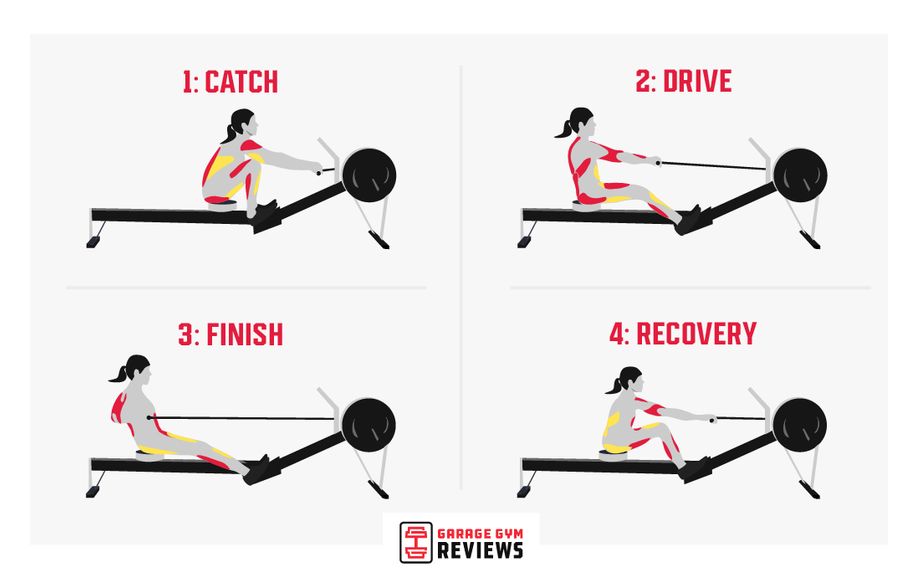
You can check out our full expert guide on how to use a rowing machine for detailed explanations on each step, but here’s a quick rundown:
- To get the proper rowing stroke, make sure you’re properly set up in a good starting position by sitting with a neutral spine, engaging your core, and gazing forward; this reduces your risk of injury and helps maximize your workout.
- Once you’re settled into position, with your feet resting between the foot straps and heel cradles, the next step is to push with your legs, driving through your heels. As you approach full extension, lean back to create a 100-degree angle between your torso and legs. As you reach the end of your lean, pull with your arms.
- The last step is to return to the starting position—what’s called the reverse, or recovery. Extend your arms back to the starting position, lead forward, and bend your knees. Then do it all over again.
4 Rowing Machine Workouts From Fitness Pros
When you’re just starting out, you want to concentrate more on form than speed and power, says Caroline Grainger, ISSA-Certified Personal Trainer at FitnessTrainer.
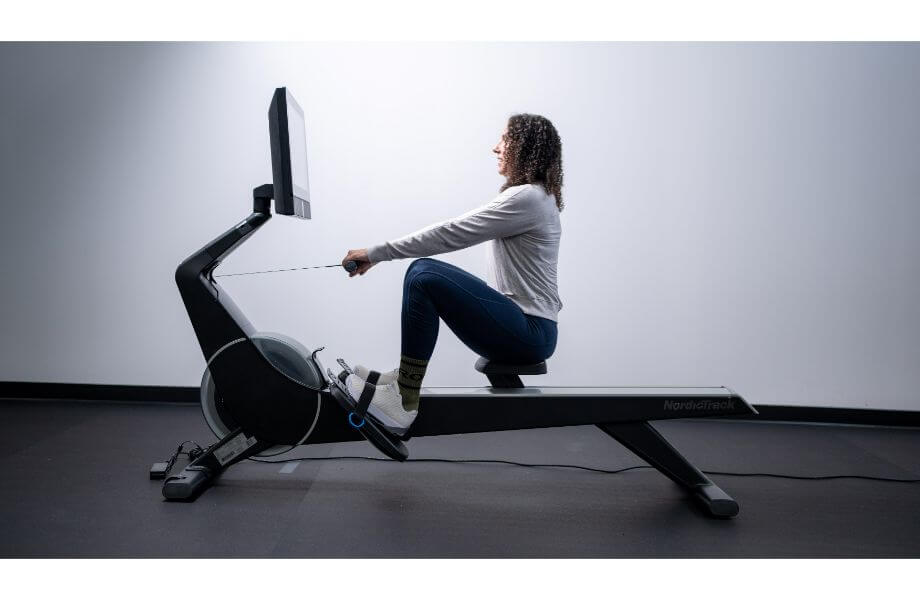
“One of the keys to safely and effectively using a rowing machine is to do your best to maintain a steady, smooth motion throughout the process. Yanking on the pull cords on your way back can feel good, but it’s also a great way to injure your arms or back,” Grainger says.
This quick rowing machine workout is a great starting point for beginners.
15-minute Rowing Workout For Beginners
- Repeat for 5 rounds:
- 40 sec moderate to fast (50% to 80% of full effort)
- 20 sec slow (10% to 50% of full effort)
- 2 min rest
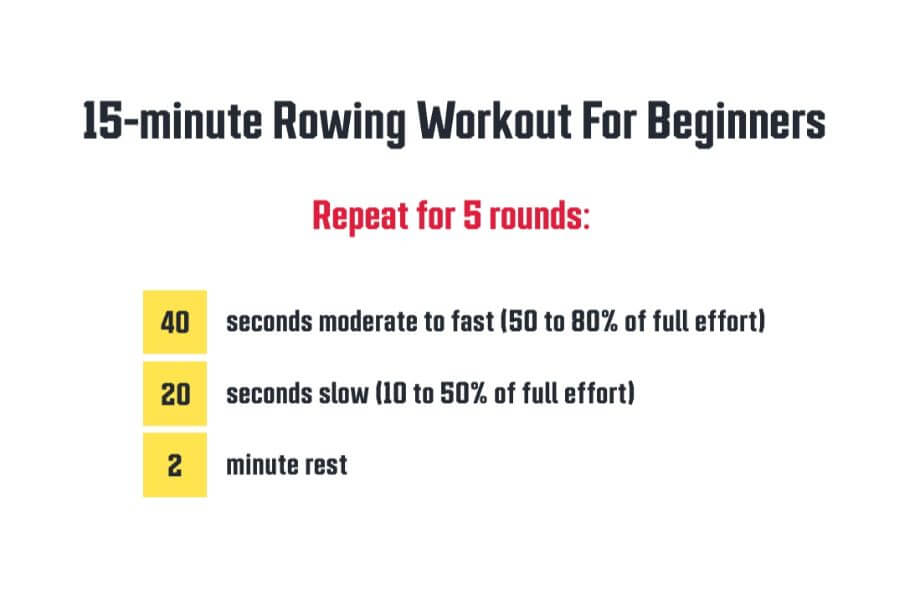
26-Minute Advanced Rowing Machine Workout
As you get comfortable with the rowing machine, you can pick up the pace and intensity a bit. This rowing machine workout, which utilizes interval training, is ideal for advanced users that have built up a little endurance and can pull a little harder on the flywheel.
- 5 rounds (2.5 min):
- 15-sec sprint (90% or above effort)
- 15-sec recovery (10% to 30% effort)
- 4 rounds (4 min):
- 30-sec sprint (90% or above effort)
- 30-sec recovery (10% to 30% effort)
- 3 rounds (4.5 min):
- 45-sec sprint (90% or above effort)
- 45-sec recovery (10% to 30% effort)
- 2 rounds (4 min):
- 60-sec sprint (90% or above effort)
- 60-sec recovery (10% to 30% effort)
- 3 rounds (4.5 min):
- 45-sec sprint (90% or above effort)
- 45-sec recovery (10% to 30% effort)
- 4 rounds (4 min):
- 30-sec sprint (90% or above effort)
- 30-sec recovery (10% to 30% effort)
- 5 rounds (2.5 min):
- 15-sec sprint (90% or above effort)
- 15-sec recovery (10% to 30% effort)
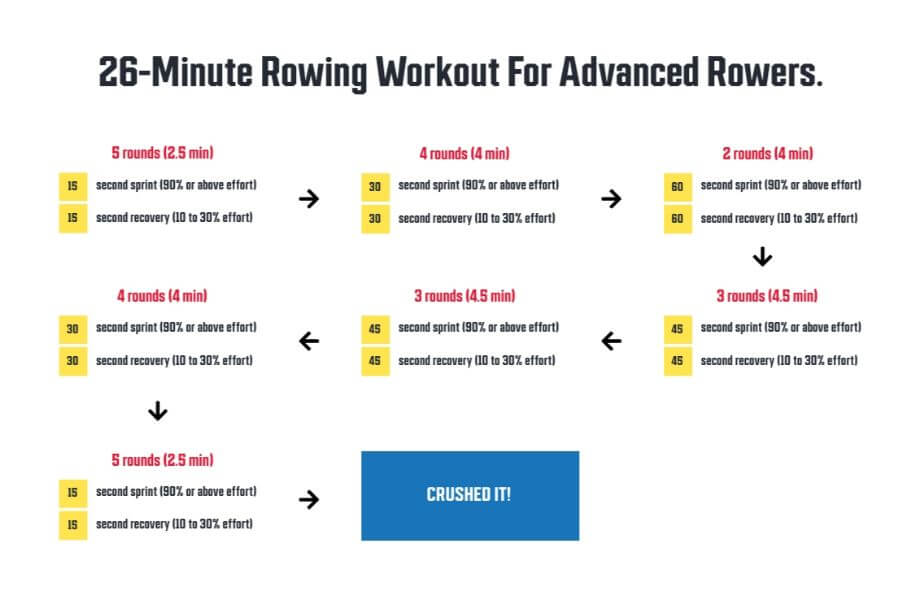
Quick 4-Minute Rowing Machine Workout
If you’re working with a short amount of time (even if you only have five minutes), you can still get an effective workout with high-intensity interval training (HIIT), which has been shown to increase muscle endurance, power output, and speed, according to Reda Elmardi, Certified Strength and Conditioning Specialist Trainer and certified nutritionist.
“HIIT is great for athletes who want to get faster at their sport but don’t have time to train full-time,” he says.
This quick 4-minute rowing workout follows the Tabata format, which is commonly found in CrossFit programming:
- 8 rounds (2 rounds per minute):
- 20 sec rowing at a hard pace (80% to 90% of full effort)
- 10-sec rest
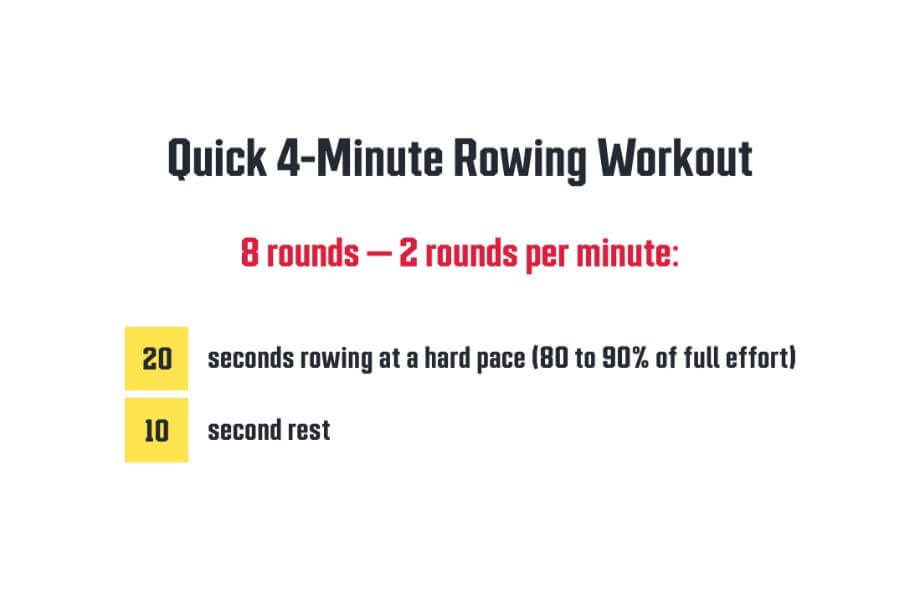
Rower Recovery Workout
Every good workout needs an equally good recovery period and, according to Elmardi, rowing machines are great tools for the job since they provide a low-impact workout.
Rowing also helps reduce stress and tension in your body and allows you to work at a slower pace than running or cycling, he says. This allows you to focus on form instead of speed.
You can use the rowing machine as a warm-up or cooldown by trying this recovery workout:
- Complete 5 to 8 rounds at a moderate pace (60 to 80% of full effort):
- 30 sec legs-only rowing
- 30 sec arms-only rowing
- 30 sec full-stroke rowing
- 30 sec rest
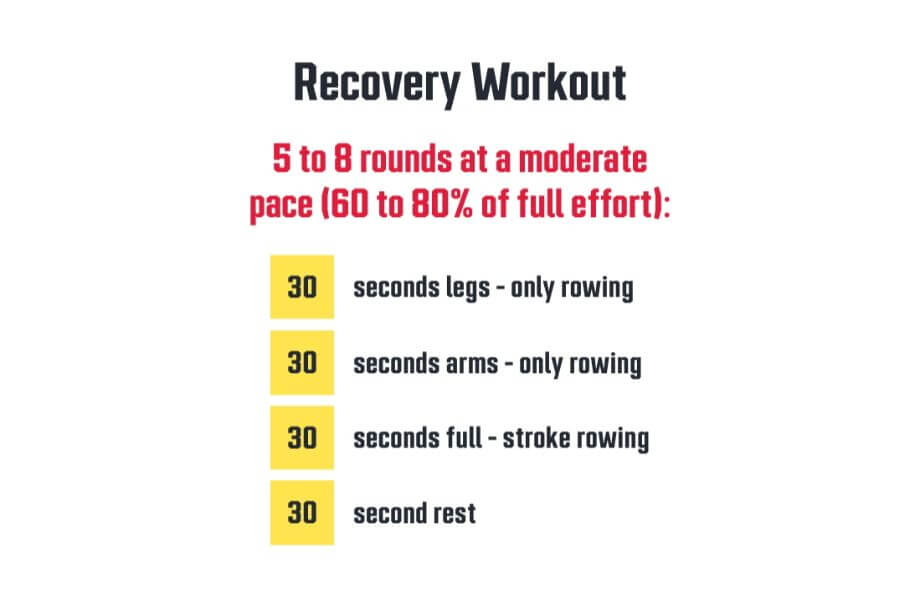
Types of Rowing Machine Workouts
You’ll see many types of rowing machine workouts (and CrossFit WODs) for goals like increasing speed, endurance, stamina, max calories burned, and stroke consistency for different ability levels. Let’s shine a quick spotlight on heart rate training, which really lends itself to rowing workouts.
If you’re familiar with heart-rate-zone training, you may have seen the following chart:
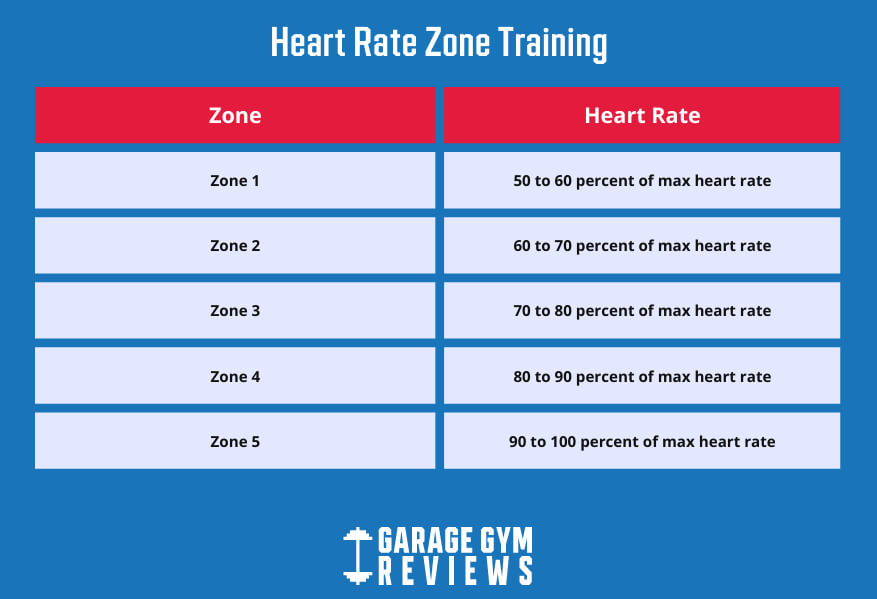
With the use of a dedicated heart rate monitor, zone training is a great way to improve your athletic performance and be more mindful of your goals.
Rowing Machine Accessories
After securing the biggest prerequisite of all—the rowing machine itself—here are a few accessories you may want to consider for your workout session:
- Heart rate monitor: Great for targeting heart rate zones and monitoring progress.
- Exercise mat (non-slip): You can use a rowing mat made specifically to protect your floors or any non-slip yoga/exercise mat to perform your warm-up and cool-down after an intense sweat session.
- Rowing shoes: You’ll want to avoid bulkier gym shoes that can make getting your feet secured in the pedals harder than it needs to be. You can find specialized rowing machine shoes, but minimalist or cross-training shoes should work fine.
Benefits of Rowing Machines
Rowing benefits has a lot going for it. Aside from being an effective cardiovascular workout, rowing can improve muscular endurance, increase lower- and upper-body strength, and contribute to weight loss by boosting fat oxidation.
Rowing is also a versatile workout that can act as cardio and high-intensity resistance training in one. Because the movement works a lot of muscles at once, it allows you to maximize your results, according to John Gardner, a NASM-certified personal trainer and the CEO and Co-Founder behind Kickoff, a remote personal training platform.
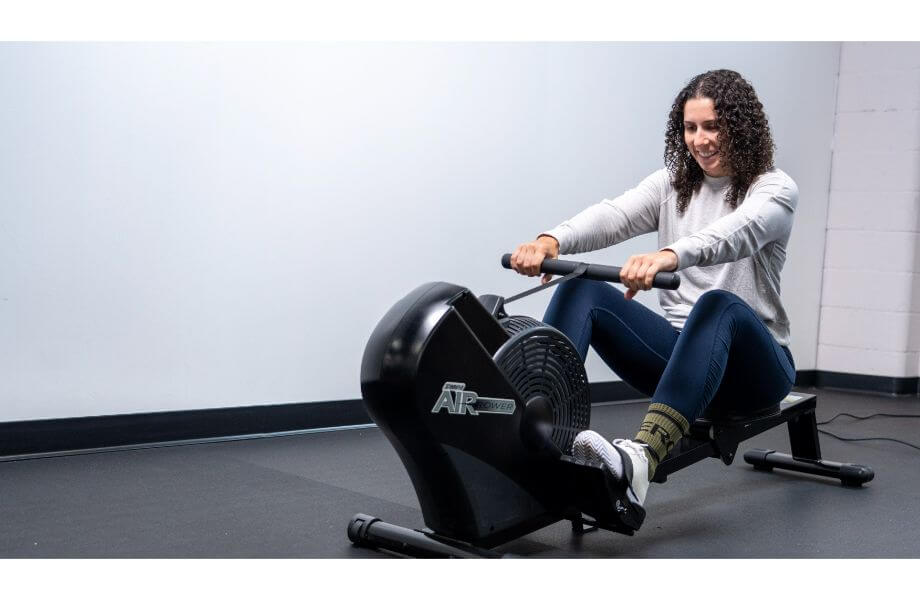
Due to the full-body effort required during rowing, it’s not easy to slack on a rowing machine, Gardner says. You can get impressive results from quick rowing workouts—especially if you up the intensity.
Using an indoor rowing machine can also be good for your mental health. Aside from the mood boost that goes hand in hand with the release of endorphins, the steady rhythm involved in rowing can help relieve stress and physical and mental tension, according to Caley Crawford, NASM-certified personal trainer and Director of Education for Row House.
And since it’s low-impact, it’s gentler on your joints than running or plyometrics.
Common Rowing Mistakes
The biggest mistake of most rowing newbies is not paying attention to their form. This begins with your starting position; without a strong start, your strokes won’t generate as much power. You’ll also want to ensure you’re reaching full extension so you’re not pulling too early. You want to be in control of the pulley, not the other way around. Exercise that same control when you lean back as you do when you lean back forward to create the optimal momentum for your next stroke. Speaking of rowing strokes, stay consistent with your tempo as you row. You may end up gassing out faster than you’d like if you vary your speed too much.
Rowing Machine Workouts: FAQs
Can you get in shape by just rowing?
Rowing is an excellent form of cardio exercise, and it’s also one of the only non-weight bearing sports that engages all the major muscle groups, like your quads, glutes, and hamstrings, according to Crawford. In other words, it can give you a total-body workout.
Indoor rowers are also extremely versatile. “Long, slow cardio, as well as rowing machine HIIT workouts, are possible, and strength training can even be done with some models, depending on how the resistance is applied,” says Caroline Grainger, an ISSA-Certified Personal Trainer.
That said, you’ll also want to combine a well-balanced diet with your rowing exercise to really see results.
Is 20 minutes of rowing enough?
A 20-minute rowing session can be a great workout, and an excellent addition to your daily cardio routine. However, if you want to meet 150 minutes of exercise per week, as recommended by the Department of Health and Human Services’ Physical Activity Guidelines for Americans—you’ll have to add in some other forms of exercise, such as bodyweight strength training or training with weights like dumbbells or kettlebells.
Is rowing good for fat loss?
Like all cardio workouts, rowing can help you burn calories, which can translate to weight loss when combined with a balanced lifestyle. Rowing is also a full-body workout that helps you build lean muscle, and studies show that rowing can lead to a greater rate of fat oxidation, or fat burning, than other forms of cardio, such as cycling on an exercise bike. However, it’s important to keep in mind that proper nutrition is vital to optimal fat loss.
How long should you exercise on a rowing machine?
There’s no set period of time you should exercise on a rowing machine. You can get a quick heart pump in by doing a 4-minute HIIT-style workout or, if you have more time (and you’re a more advanced rower), you can bump up to 30-minute HIIT-style or steady-state rows. The baseline recommendation is to get in 150 minutes of exercise every week; how you want to break that up is up to you.


